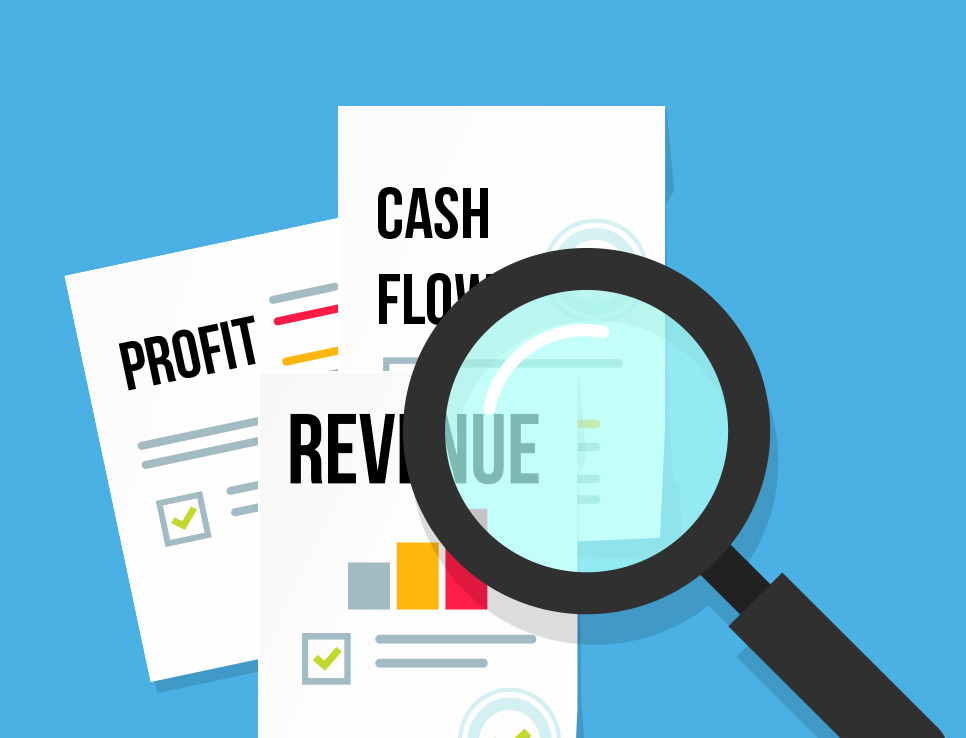Imagine this: your revenue is increasing, sales are steady, and your business shows a healthy profit on paper. But when it’s time to pay salaries, vendors, or taxes—you’re short on cash.
It’s a common and dangerous trap. The culprit? Not understanding the difference between cash flow and profit
What Is Profit?
Profit is the amount your business earns after all expenses are deducted from revenue. It’s what you see in your Profit and Loss (P&L) statement, often divided into:
-
Gross Profit – Revenue minus direct costs (like materials or services).
-
Operating Profit – Gross profit minus overheads like rent and salaries.
-
Net Profit – The final bottom-line profit after interest and taxes.
Profit shows how efficiently your business operates. But it doesn’t tell the whole story
What Is Cash Flow?
Cash flow is the actual movement of money in and out of your business. It includes:
-
Operating cash flow – Money from day-to-day business (collections, bills).
-
Investing cash flow – Money spent on assets or received from asset sales.
-
Financing cash flow – Loans, equity infusions, or repayments.
You track this in your Cash Flow Statement, not in your P&L.
In simple terms:
Profit is what you earned, cash flow is what you have
So, How Can You Be Profitable and Still Broke?
Here’s a real-world scenario:
-
You close a ₹10 lakh project in March.
-
You record the sale in your P&L—so it shows profit.
-
But the client pays you 90 days later, in June.
Meanwhile, your rent, salaries, and vendor bills are due. You’re profitable, but your cash flow is negative
Why Cash Flow Matters More Than You Think
Profit is a great indicator of success, but positive cash flow keeps your business alive. If you can’t pay bills on time, your business faces:
-
Late penalties
-
Loss of vendor trust
-
Employee dissatisfaction
-
Risk of shutdown, even when you’re “profitable
Common Reasons Businesses Face Cash Flow Crises
-
Slow customer payments (high receivables)
-
Overstocking inventory
-
Aggressive expansion without cash planning
-
Mixing business and personal expenses
-
Relying only on profit reports, ignoring cash reports
How to Manage Cash Flow Without Losing Sleep
Here are actionable tips every entrepreneur should implement:
-
Maintain a rolling 3-month cash flow forecast
Know your inflows and outflows weekly or monthly. -
Follow up on receivables aggressively
Don’t wait 60-90 days for payments. Send reminders. -
Separate profit from liquidity
Just because your P&L looks good doesn’t mean you have spending power. -
Build a cash reserve
Aim for 2–3 months’ worth of expenses in your bank. -
Invest in proper accounting tools or advisors
Outsource to professionals who provide insights, not just bookkeeping.
Conclusion: Stop Confusing Growth with Strength
Your business may look rich, but if you can’t meet your basic financial obligations, you’re running on fumes. The smartest founders track cash flow and profit separately—and use both as tools to drive decisions.
At Upyugo Global, we help businesses not just file taxes or maintain books—we help them understand their numbers
